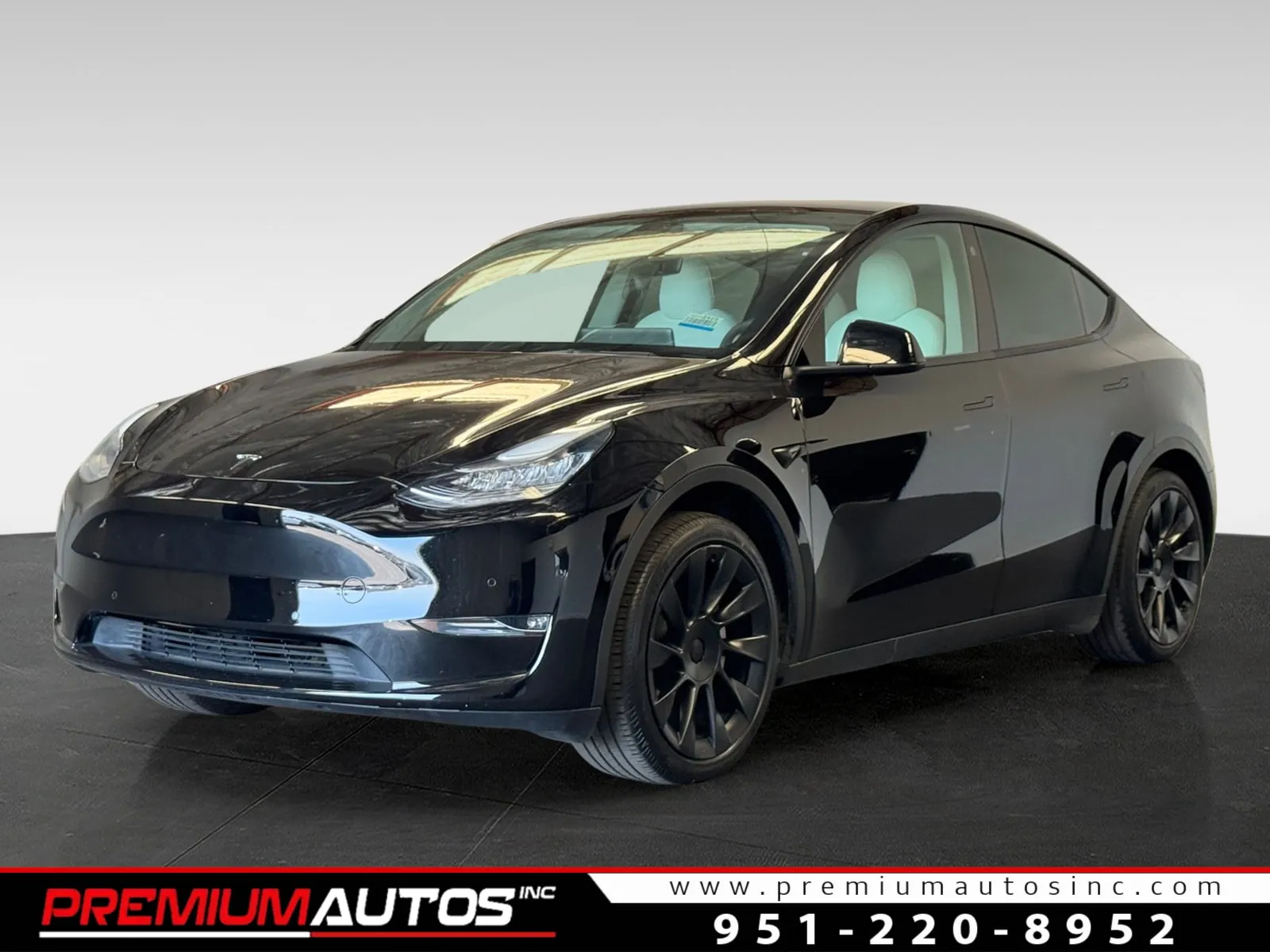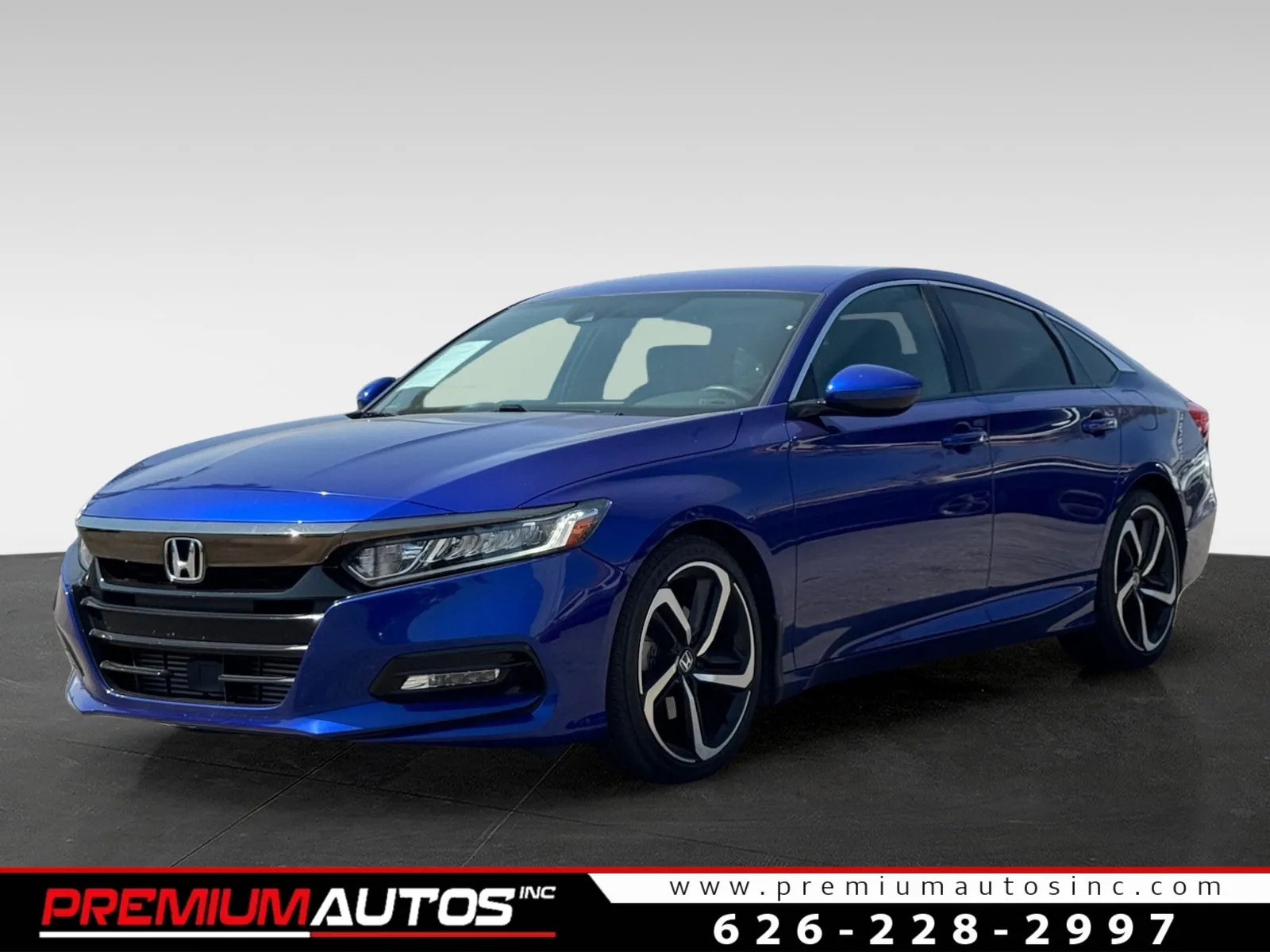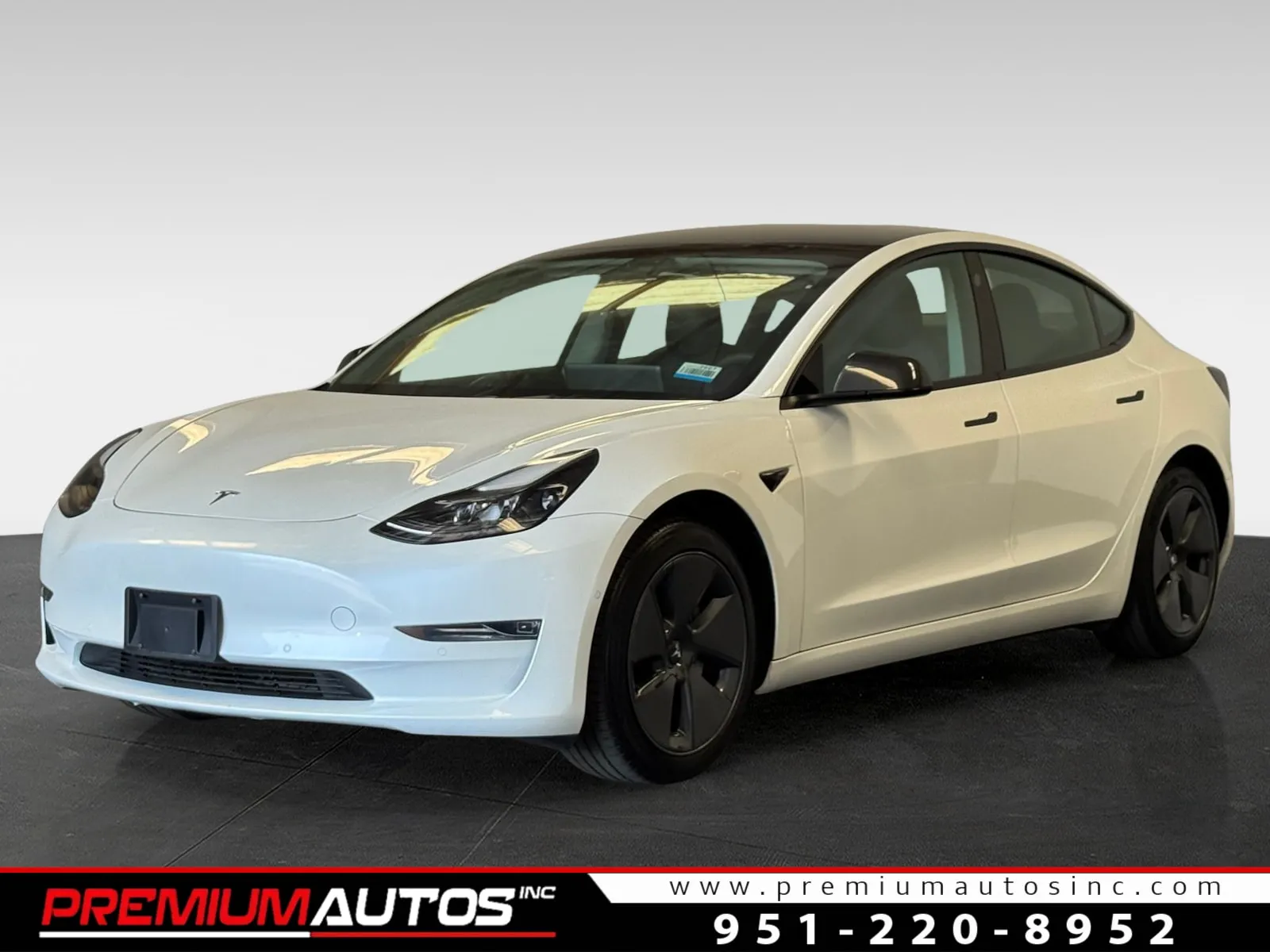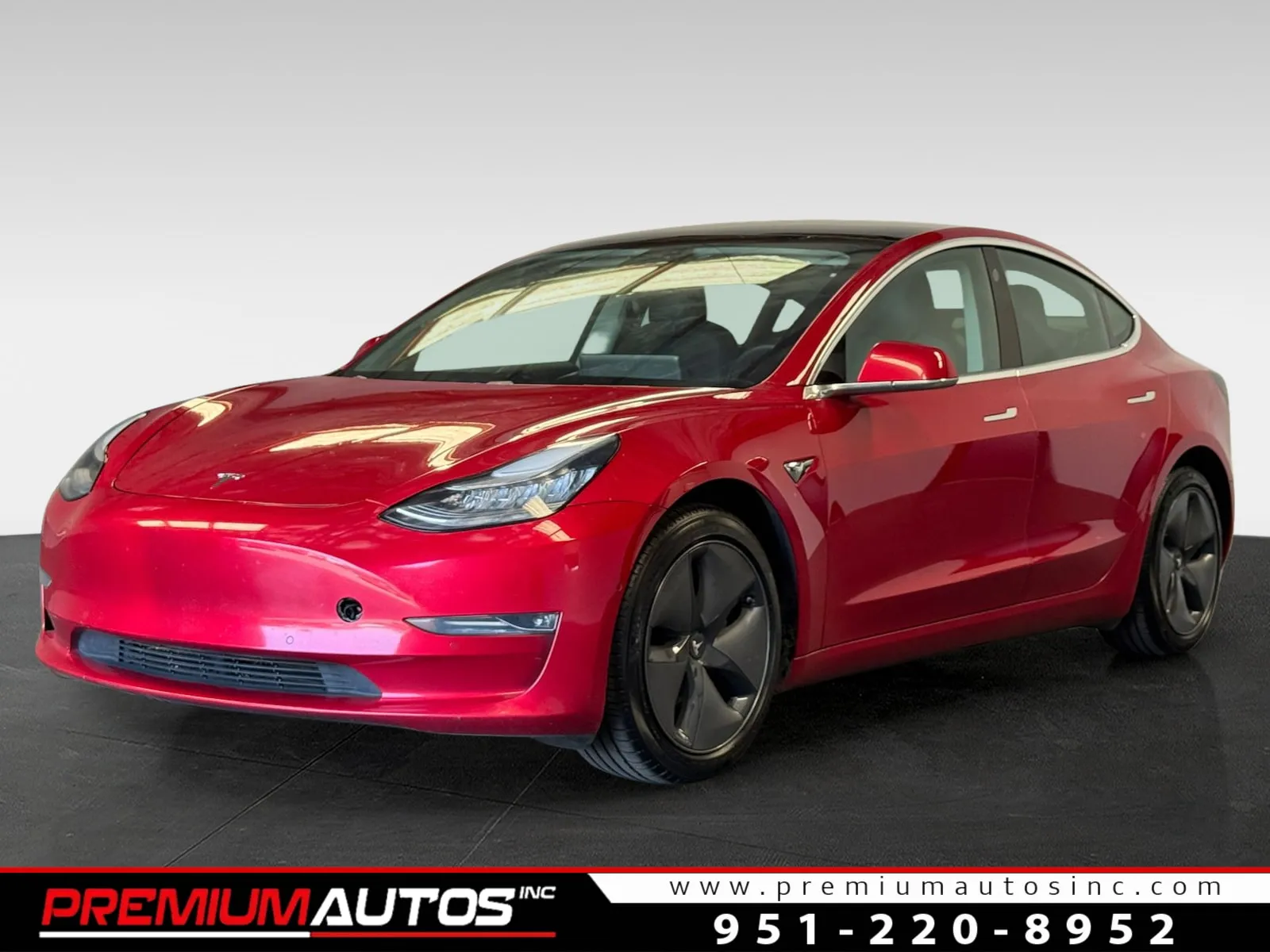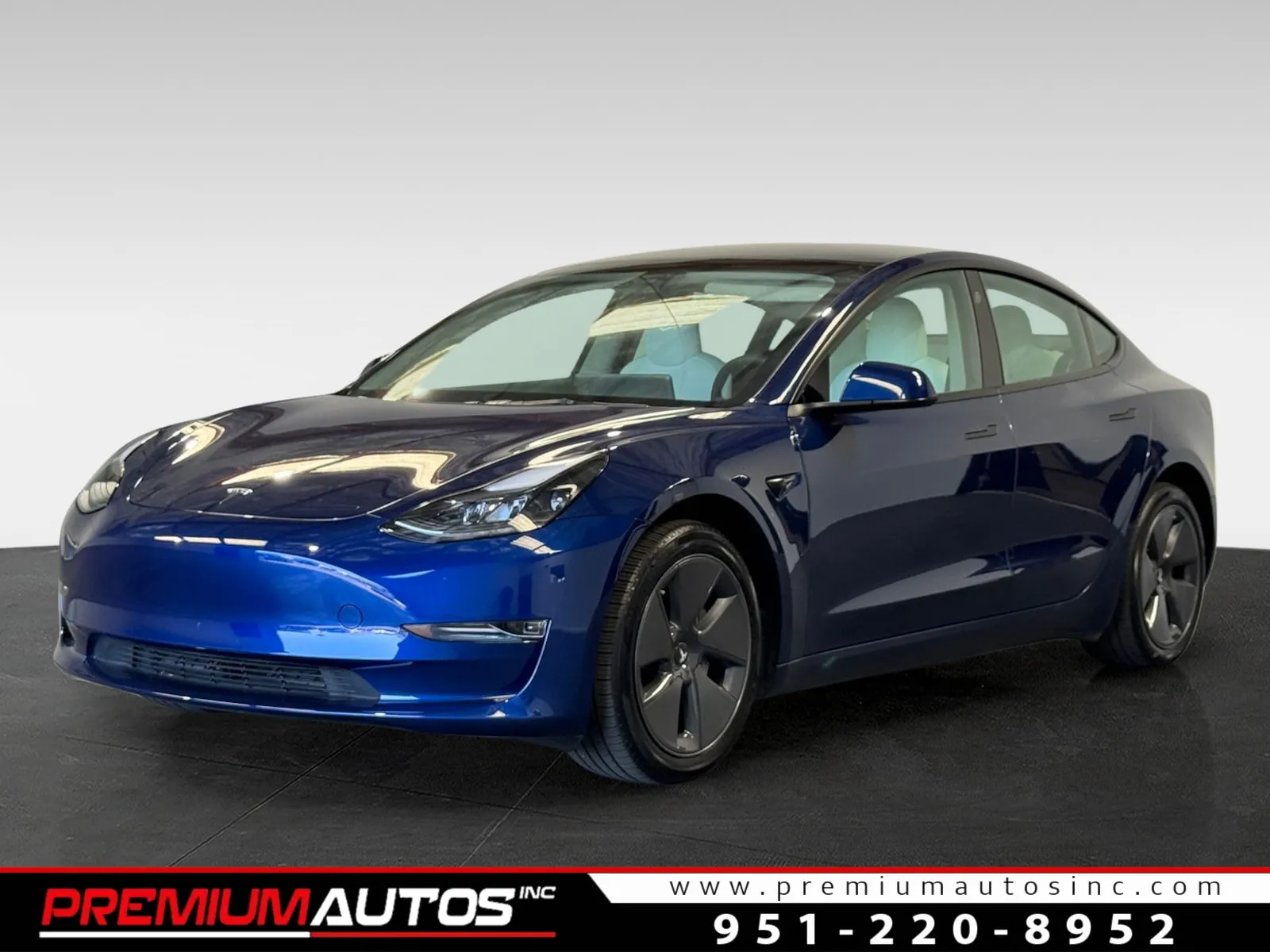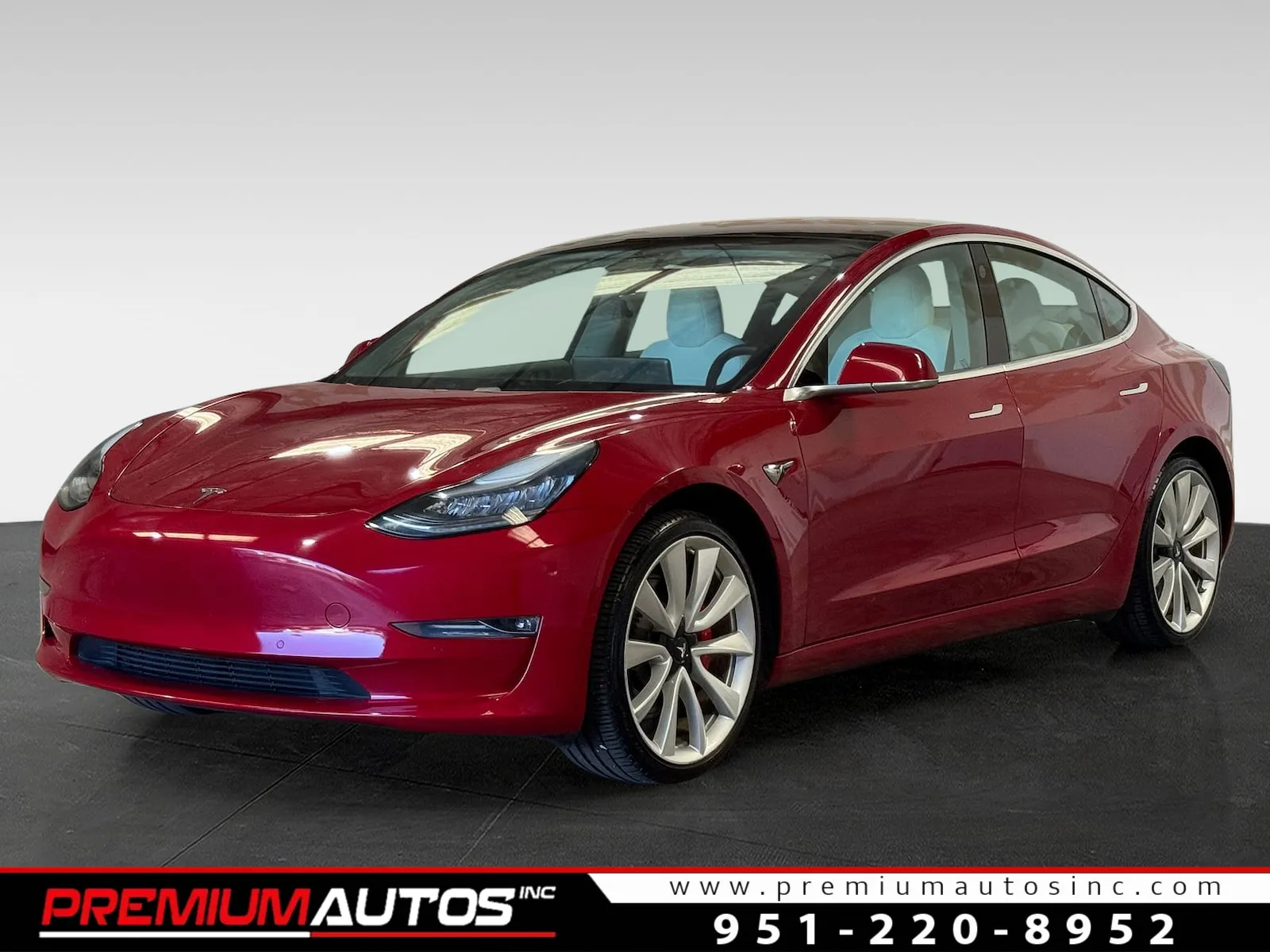
- Inventory
- Finance
- Trade / Sell
- About
- Blog

Gas vs. EV: Fueling Options in California
- Premium Autos Inc
- Blog
- Gas vs. EV: Fueling Options in California
Gas vs. EV: Fueling Options in California
Choosing between gas and electric vehicles in California depends on your driving habits, budget, and access to fueling or charging options. Here’s a quick breakdown:
- Gas Stations: California has over 13,000 gas stations, with refueling taking about 10 minutes on average. Gas-powered cars are ideal for long trips and areas with limited EV chargers.
- EV Charging: California boasts 178,549 public/shared chargers (48% more than gas nozzles) and 700,000 home chargers. DC fast chargers can add up to 240 miles in an hour, while Level 2 chargers are better for overnight charging at home. Charging at home is cheaper than gas, but upfront EV costs are higher.
- Cost: EVs save about 40% on fueling costs annually compared to gas cars. However, gas cars still have a lower purchase price.
Quick Comparison
| Feature | Gas Vehicles | Electric Vehicles |
|---|---|---|
| Fueling Time | ~10 minutes | 20 min–10 hours (charger type) |
| Location Access | 13,266 gas stations statewide | 178,549 public/shared chargers |
| Home Fueling | Not available | 700,000 home chargers |
| Cost to Refuel | ~$30 for 200 miles | $6–$18 for 200 miles |
| Upfront Cost | ~$47,500 (avg. gas car) | ~$59,200 (avg. EV) |
Your choice depends on your needs. Gas cars are convenient for long trips, while EVs offer lower running costs and are better for daily commutes, especially with home charging access.
Side-by-side comparison | Gasoline vs electric vehicle costs using San Diego fuel prices
Gas Stations in California
California may be leading the charge with its growing EV infrastructure, but gas stations remain a vital part of everyday driving. The state’s gas station network is one of the most extensive in the U.S., with 13,266 retail locations spread across its vast landscape. For decades, this network has reliably supported traditional vehicles and continues to do so today.
Location Coverage and Access
The distribution of gas stations in California closely aligns with population density and regional needs. Los Angeles County tops the list with 2,704 gas stations, reflecting its high population and sprawling urban environment.
Counties like San Bernardino highlight the strategic placement of gas stations. While it has fewer residents compared to Los Angeles, its 853 gas stations cater to both city dwellers and rural travelers, as the area serves as a key transit hub.
| County | Number of Gas Stations |
|---|---|
| Los Angeles County | 2,704 |
| San Diego County | 906 |
| San Bernardino County | 853 |
| Orange County | 828 |
| Riverside County | 718 |
| Kern County | 522 |
| Fresno County | 484 |
| Sacramento County | 483 |
This extensive coverage ensures drivers rarely worry about running out of fuel, whether they’re cruising along major highways or navigating urban streets. Beyond accessibility, the convenience of refueling plays a key role in the driver experience.
Refueling Time and Process
Filling up at a gas station is a straightforward and efficient process. Pumping gas typically takes 5–10 minutes, depending on the size of the tank and the pump’s speed. However, the total time spent on refueling includes driving off-route to reach the station and handling transactions once there.
According to research by Geotab, the average refueling experience lasts about 20 minutes. This includes 8 minutes driving off-route and 12 minutes at the station, which covers payment, selecting a fuel grade, and any additional purchases.
Regional differences add some nuance to these averages. For instance, drivers in Los Angeles spend about 28 minutes total, with 21 minutes dedicated to off-route travel and 7 minutes at the pump. Meanwhile, San Jose boasts the shortest refueling time at just 11 minutes, with 4 minutes off-route and 7 minutes at the pump.
The process itself is consistent and requires minimal effort. Drivers pull up to a pump, insert their payment method, select the fuel grade, pump gas, and return the nozzle. This routine is the same whether you’re in the heart of San Francisco or a quieter area like Bakersfield. Gas stations offer immediate service without the need for scheduling or waiting, making them a reliable option in any weather or situation.
EV Charging Stations in California
California’s electric vehicle (EV) charging network has grown at an impressive pace, reshaping how drivers power their vehicles throughout the state. With a variety of charging options now available, owning an EV in California has become more convenient than ever.
Governor Gavin Newsom celebrated this progress, stating:
"As the federal government works to make it harder for you to charge your electric car, California is doing the opposite. We now have nearly 50% more chargers than gas nozzles in the state, meaning you have more options than ever to charge your vehicle. We're embracing our clean car future and providing consumers more choices – no matter what 'big government' mandates come out of Washington."
This milestone highlights the state’s commitment to offering diverse charging solutions for both public and home use.
Public and Home Charging Growth
California’s charging infrastructure is built to meet a range of needs, with over 162,000 Level 2 chargers and nearly 17,000 DC fast chargers spread across the state . This combination allows for flexibility, whether drivers need a quick top-off during a road trip or a slower charge while parked for extended periods.
Home charging has also become a key part of the EV ecosystem. Approximately 700,000 Level 2 chargers have been installed in single-family homes across California . This means many EV owners can wake up each morning with a fully charged vehicle, adding convenience to their daily routines.
David Hochschild, Chair of the California Energy Commission, underscored the improvements:
"The California EV driver experience is getting better by the day. The state continues to invest in EV infrastructure, with particular emphasis in hard-to-reach areas, making these vehicles an easy choice for new car buyers."
Charging Speeds: Level 2 vs. DC Fast Charging
Understanding the differences in charging speeds can help drivers decide which option works best for their needs.
- Level 2 chargers: These add about 14–35 miles of range per hour. They’re ideal for situations where vehicles are parked for several hours, such as at home, workplaces, or long-term parking spots. They can typically charge a battery electric vehicle (BEV) to 80% in about 4–8 hours .
- DC fast chargers: These work significantly faster, adding up to 10 miles of range per minute. They can charge a BEV to 80% in as little as 20 minutes to 1 hour . Some models can even add 180–240 miles of range per hour, making them perfect for quick stops during highway travel.
| Charger Type | Range Added Per Hour | Time to 80% Charge | Best Use Case |
|---|---|---|---|
| Level 2 | 14–35 miles | 4–8 hours | Home, workplace, extended parking |
| DC Fast | 180–240 miles | 20 minutes–1 hour | Highway travel, quick stops |
The speed of DC fast chargers, which are over ten times faster than Level 2 chargers, makes them essential for long-distance travel.
Rural Area Charging Access
While California leads in overall charging infrastructure, rural regions still lag behind urban areas in availability. For instance, Imperial County, which spans 4,500 square miles, has just four fast-charging stations. Additionally, more than two-thirds of low-income Californians face a 10-minute or longer drive to access a public fast charger. This disparity is reflected in adoption rates: only 7 out of every 1,000 cars in Imperial County are battery-powered, compared to 51 out of every 1,000 statewide in 2023.
Luis Olmedo, Executive Director of El Comite Civico del Valle, emphasized the importance of equitable access:
"Electric car chargers are an opportunity for us to be able to breathe cleaner air. It's about equity. It's about justice. It's about making sure that everybody has chargers."
To address these gaps, California has committed nearly $2 billion over the next four years to fund zero-emission vehicle chargers, with special grants of up to $80,000 per charger for rural and inland areas. Efforts like a $5-million project led by El Comite Civico del Valle aim to add 40 fast chargers in Imperial County alone.
For EV drivers traveling through rural regions, RV parks and campgrounds can also serve as charging options. However, it’s important to confirm outlet availability and charging compatibility before relying on these locations. These infrastructure developments are critical in bridging the gap between urban and rural access, shaping the practicality of EV ownership across the state.
sbb-itb-66f4901
Gas vs EV: Side-by-Side Comparison
When deciding between gas and electric vehicles in California, it’s essential to weigh fueling methods and consider how they align with the state’s evolving infrastructure and driving habits.
Feature Comparison: Gas vs EV Charging
California’s fueling landscape has shifted significantly. The state now boasts 178,549 public/shared EV chargers compared to approximately 15,000 gas stations, marking a notable increase in EV charging options - about 48% more chargers than gas nozzles.
That said, the experience of fueling differs in terms of time and convenience:
| Feature | Gas Stations | EV Charging |
|---|---|---|
| Fueling Time | ~10 minutes | 20 minutes to 10 hours (depending on charger type) |
| Location Access | 15,000 stations statewide | 178,549 public/shared chargers plus 700,000 home chargers |
| Home Fueling | Not available | Available via Level 2 home installation |
| Session Duration | ~10 minutes at station | ~30 minutes (DC fast) or ~120 minutes (overnight home charging) |
| Range Added | Full tank in 10 minutes | 180–240 miles per hour (DC fast) or 14–35 miles per hour (Level 2) |
EV charging times vary depending on the charger type. DC fast chargers can take anywhere from 20 minutes to an hour, while Level 2 chargers typically require 4–10 hours. Convenience plays a significant role here: 94% of Californians live within a 10-minute drive of an EV charger, and for many EV owners, home charging eliminates the need for trips to a fueling station. The estimated 700,000 Level 2 home chargers installed across single-family homes exemplify how charging habits are shifting, with overnight charging becoming a norm for many drivers.
Cost and Environmental Factors
Beyond fueling differences, costs and environmental considerations heavily influence the decision between gas and electric vehicles.
In California, electric vehicles offer notable financial savings. Charging an EV costs approximately 40% less than fueling a gasoline car. With the average gas price hovering around $4.77 per gallon as of May 2025, the long-term savings are hard to ignore. A CNET analysis highlights that charging an EV is roughly half the cost of refueling a gas-powered vehicle. Public chargers typically cost about 35 cents per kilowatt-hour, while home charging rates depend on energy providers and time-of-use plans.
Annual fuel costs underscore these savings. A 2018 study found that powering an EV costs about $485 per year, compared to $1,117 for a gas car. Similarly, a 2020 Consumer Reports study revealed that EV drivers spend about 60% less on fuel annually. Maintenance costs for EVs are also significantly lower, averaging about half of what gas-powered vehicles require.
However, upfront costs still favor gas vehicles. As of March 2025, the average price for a new electric car was around $59,200, compared to $47,500 for a gas-powered car. State and federal incentives can help offset the higher initial cost of EVs, and long-term savings on fuel and maintenance often balance out the price difference over time. Home charging installation costs, which range from $200 to $2,000, should also be considered when budgeting.
With California’s ongoing efforts to expand EV charging infrastructure - especially in underserved areas - the practicality and appeal of electric vehicles continue to grow, making them an increasingly viable option for drivers across the state.
Conclusion: Selecting Your Fueling Method
Choosing the right vehicle in California comes down to your driving habits, access to home charging, and budget.
If your daily routine involves short commutes and you’re part of the 80% of EV owners who can charge at home, an electric vehicle offers unbeatable convenience for day-to-day use. On the other hand, if you often embark on long road trips, gas-powered cars still have the edge with quick refueling and a longer range.
Having home charging access makes owning an EV significantly easier. Installing a Level 2 charger costs around $2,000, allowing you to wake up every morning with a fully charged battery. Without this option, you’d need to depend on California’s extensive public charging network, which can be less convenient and add time to your schedule. While the average EV price is $53,048 compared to $35,722 for gas-powered vehicles, EVs can save you about $1,500 a year in fuel costs. Charging at home is also affordable - a full charge for over 200 miles costs between $6 and $18, whereas driving the same distance with gas costs roughly $30.16.
Ultimately, these factors will shape your decision. For California drivers ready to take the leap, Premium Autos Inc offers a range of quality pre-owned vehicles at their Norco and El Monte locations. Their inventory includes popular electric models like Tesla, as well as dependable gas-powered options from brands like BMW and Toyota. With financing and trade-in services available, they can help simplify both your vehicle selection and financial planning.
FAQs
What are the key benefits of owning an electric vehicle (EV) in California compared to a gas-powered car?
Owning an electric vehicle (EV) in California comes with some great perks. For starters, lower fueling costs can make a big difference. Charging an EV is typically about half the cost of fueling a gas-powered car, which adds up to significant savings over time. Plus, EVs are better for the environment, producing zero emissions and helping to cut down on air pollution - a big win for a state like California that’s committed to cleaner air.
Another big advantage is the reduced maintenance that comes with EVs. Their electric motors are simpler and have fewer moving parts compared to traditional engines, meaning fewer trips to the mechanic. On top of that, California EV owners often get access to carpool lanes, even when driving solo. This can make a huge difference in cutting down commute times.
With the state’s expanding EV charging network and various incentives available, owning an electric vehicle is becoming easier and more rewarding than ever.
How does the availability of EV charging stations in rural California affect buying decisions?
The presence of EV charging stations in rural California significantly influences whether locals are willing to invest in an electric vehicle. Many rural communities still lack sufficient charging infrastructure, which often leads to range anxiety - that nagging worry about running out of battery power with no charging station in sight.
To address this, various initiatives are in motion, such as government grants and creative solutions like solar-powered charging stations. As these networks grow, rural residents may start to feel more assured about transitioning to electric vehicles. For now, it's important for those in these areas to research available charging options thoroughly before committing to an EV.
What are the long-term cost advantages of owning an electric vehicle compared to a gas-powered car?
Owning an electric vehicle (EV) can save you a lot of money over time compared to a gas-powered car. For starters, EV owners typically spend 40% to 65% less on fuel each year since charging is usually much cheaper than buying gas. On top of that, maintenance costs are about 30% lower on average. Why? EVs have fewer moving parts, no need for oil changes, and simpler mechanical systems overall.
While EVs might come with a higher price tag upfront, these savings in fuel and maintenance can help balance out the initial cost over time. In California, the increasing number of charging stations makes owning an EV even more convenient, making it a practical choice for everyday use.




